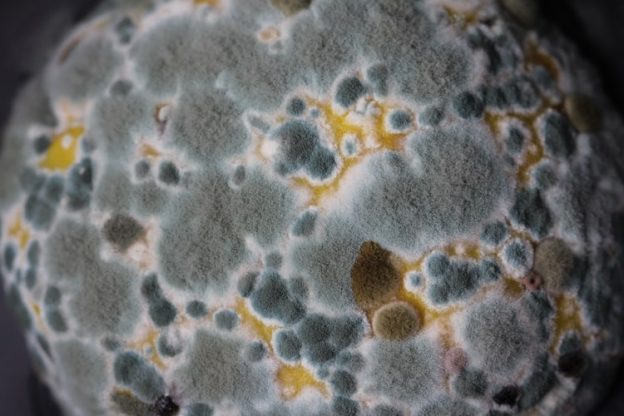Water is one of the things that is needed to run a household. The pressure and safety of it should be considered when moving into a new house or apartment. Having radon and drinking water together is not a pleasant condition to be in. The people living with you can get sick, and the complications may result in death.
Although the amount of radon in the air that comes from drinking water is only one to two percent, it is much better to be well informed. Here are the things you need to know when dealing with this kind of situation.
What are the Water Sources?
Water can contain radon depending on where it is derived. It can be from surface water or groundwater. Households get their water from either of the two water sources.
Groundwater
This refers to wells and springs. The radon from the soil can dissolve into the water. Yet, not all of the water that comes from this source contains radon. It comes from underground, which is why it is more vulnerable to radon.
Surface Water
Compared to groundwater, surface water does not pose any threat from radon. This is because the radon is already released into the air by the time the water reaches your home. Lakes, rivers, and reservoirs are examples of it.
Please note that not connecting to a local water supplier does not mean that you are using surface water. You need to know what their water source is. They can still get water from underground. However, most water suppliers have certificates regarding safety. This includes a radon test. Still, you can contact them if you have doubts.
How Does Radon From Drinking Water Enter the Body?
There are two ways how radon from water can enter your body. They are through inhalation and ingestion.
Inhalation
People may get confused about how radon from water can be inhaled. First, radon is gas in nature. Therefore, it moves freely in the air. Just like how the radon seeps out from the soil, it also escapes the water. When water is being used in household chores like showering and washing the dishes, that is the time when it is being released in the air.
Ingestion
Radon can be consumed at the same time as you drink water. Though some radon is being emitted in the air, some of it stays in the water.
Among these two, more health concerns arise when it is being inhaled. Once you breathe it in, it can damage lung tissues that can lead to lung cancer. This situation is more common than internal organ cancers such as stomach cancer that may happen when swallowed.
How to Remove Radon From Water?
After knowing the radon level, the next thing to do is to have the water treated. There are two ways to get rid of it. You can choose from GAC filters and aeration devices.
GAC Filters
It uses granular activated carbon (GAC) to filter out the radon from the water. High radon levels can be found on these filters after use. Make sure to handle and dispose of it properly.
Aeration Devices
In this method, the water is mixed with air through bubbling. It helps the radon to be separated from the water and get sent out through an exhaust.
These methods are both done at the main entry point of the water. It needs to be treated before it reaches the faucets and showerhead. Having the process done at the end of use will only remove a small amount and may not be as effective.
It is said that people can live without food but not water. It is essential to one’s daily life. One way to stay in good shape is to keep hydrated. Water is best consumed with vitamins and minerals. However, radon and drinking water are not the best combinations. Let it not be the reason for you to be unhealthy.











